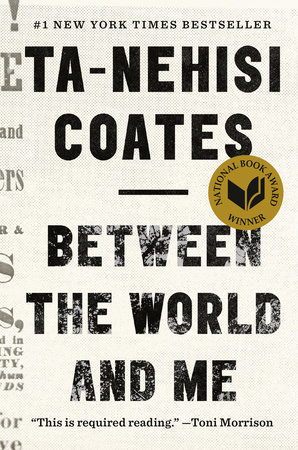Manuela Andreoni and Ernesto Londono. Loss from Brazil Fire Felt Like ‘New Genocide,” New York Times, September 14, 2018, p. A4.
“It’s the museum that’s on fire!” Said Jose Urutau Guajajara, a member of the Tenetehara-Guajajara tribe who had been researching his people’s heritage in the archives of Brazil’s National Museum for more than a decade. “We can still manage to put it out with buckets.”
By the time they reached the centuries-old place , home to the world’s largest archive of indigenous Brazilian culture and history, flames had butted the building’s core and a dense column of smoke towered above it.
…
“This is like a new genocide, as though they had slaughtered all these indigenous communities again,” Mr. Gajajara said. “Because that was where our memories resided.”
COMMENT:
The grief of cultural loss is unbearable.
Libraries and archives preserve textual information, which means they privilege textual cultures whether they mean to or not. Artifacts and texts that describe pre-genocide indigenous cultures were often collected by cultural outsiders. Yet those scraps of information are often all that’s left to reconstruct cultural memory.
In the University of Utah Marriott Library there is a truly beautiful artwork [1] that incorporates textual excerpts from the library collection of Mormon pioneer diaries. The library is justifiably proud to highlight this special collection. Still, the diaries tell a one-sided text-based story. The Mormon pioneers didn't move into an inhabited place. They settled a cultural landscape that was already occupied by Ute, Goshute, Paiute, Shoshone and Navajo people. The diaries don't record non-textual cultural memory that is embedded in Utah’s desert landscape. That failure of information has real-world consequences.
[1] Paul Housberg, Another Beautiful Day has Dawned Upon Us (2008). Handcrafted, kiln
cast colored glass silvered on the back. Selected diary passages, from
the Library’s private collection about the westward migration, are
included in the four unique murals. The work was commissioned by the
State of Utah as part of Utah’s Percent-for-Art Program, 2008.





